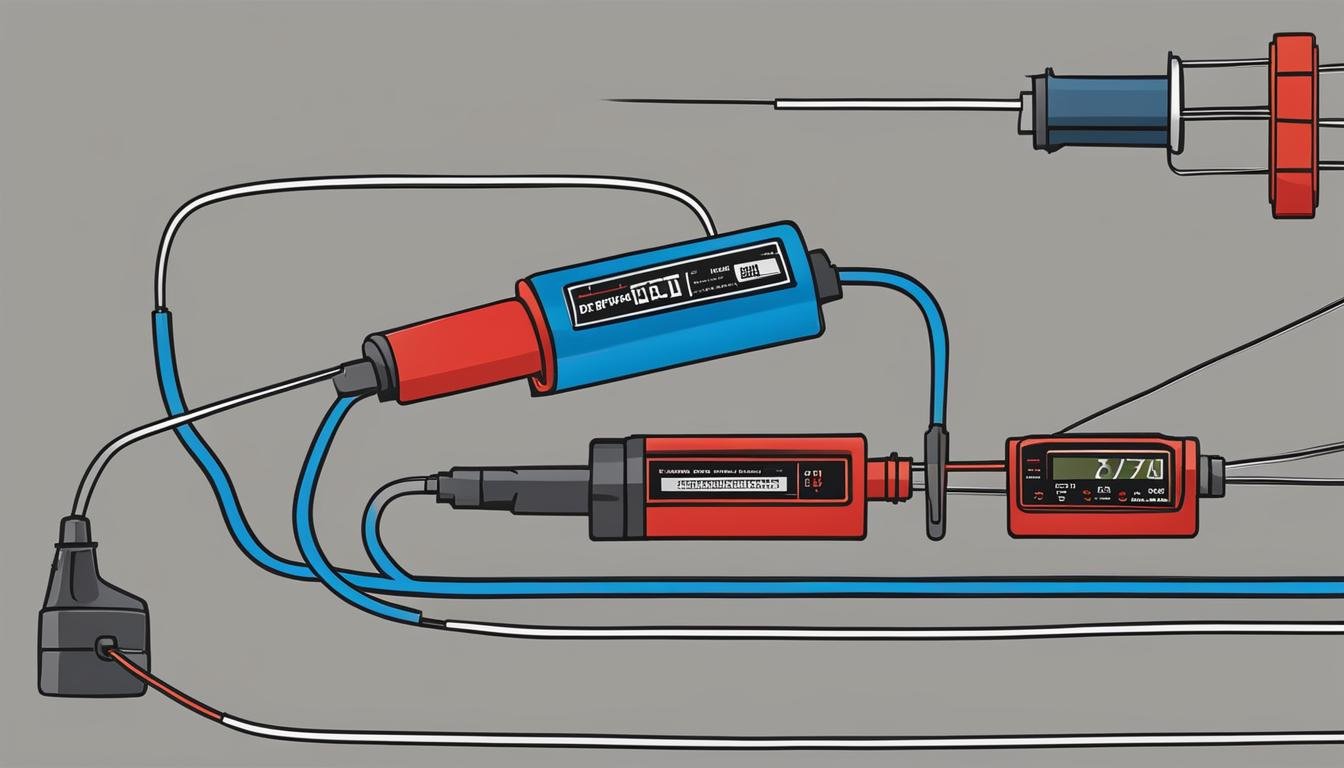 When it comes to powering your 24-volt trolling motor, selecting the right wire size is crucial. Not only does it impact the performance of your motor, but it also affects the safety of your electrical system. Choosing the wrong wire size can result in inefficiencies, overheating, and even equipment damage.
When it comes to powering your 24-volt trolling motor, selecting the right wire size is crucial. Not only does it impact the performance of your motor, but it also affects the safety of your electrical system. Choosing the wrong wire size can result in inefficiencies, overheating, and even equipment damage.
With that in mind, it’s essential to understand how to determine the appropriate wire size for your 24-volt trolling motor. In this article, we’ll cover everything you need to know about wire size and its impact on your motor’s performance and safety.
So, let’s get started by exploring the importance of wire size and why it matters for your 24-volt trolling motor.
Understanding Wire Gauge and Electrical Resistance
Wire gauge is a way to measure the diameter of a wire and is denoted by a number. The lower the gauge number, the thicker the wire. The thickness of the wire determines its ability to conduct electricity.
As wire gauge decreases, the electrical resistance increases. Electrical resistance is the opposition to the flow of electric current and is measured in ohms. Therefore, thicker wires have less electrical resistance and can conduct more current with less voltage drop.
It’s important to note that using a wire that is too thin can cause resistance, leading to a loss of power and motor performance. On the other hand, using a wire that is too thick can be unnecessary and costly.
Wire gauge is especially important when it comes to 24-volt trolling motors, as they require a considerable amount of power to operate efficiently. Using the appropriate wire gauge ensures maximum power transfer and optimal performance.
Factors to Consider for Wire Size Selection
Ampacity, distance, and voltage drop are critical factors to consider when selecting the appropriate wire size for your 24-volt trolling motor. Each consideration plays a significant role in ensuring the safety and optimal performance of your motor.
Ampacity
Ampacity refers to the maximum electrical current that a wire can handle. When selecting a wire size for your 24-volt trolling motor, it is essential to ensure that the wire’s ampacity exceeds the motor’s current draw.
To determine the proper wire size based on ampacity, you can use an ampacity chart or consult an electrician. It is important to note that choosing a wire size with too low an ampacity can cause the wire to overheat, potentially causing damage or even a fire.
Distance
The distance between the power source and the motor is another crucial consideration. As distance increases, so does electrical resistance, which can result in a voltage drop. A voltage drop can negatively impact the performance of your motor.
To mitigate the effects of distance on voltage drop, it is crucial to select a wire size that can handle the distance appropriately. A larger wire size can reduce resistance and minimize voltage drop, ensuring your motor operates optimally.
Voltage Drop
Voltage drop refers to the decrease in voltage that occurs as electrical current flows through a wire due to electrical resistance. When selecting a wire size for your 24-volt trolling motor, it is crucial to consider voltage drop. Too much voltage drop can cause the motor to run inefficiently, resulting in reduced performance and potential damage.
It is essential to use a wire size that can handle the current draw of your motor and the distance between the power source and motor. By selecting a wire size that appropriately addresses ampacity, distance, and voltage drop, you can ensure that your 24-volt trolling motor operates optimally and safely.
Recommended Wire Sizes for 24-Volt Trolling Motors
Based on the factors discussed earlier, we have compiled a wire size chart and recommendations for your 24-volt trolling motor. These recommendations will help ensure optimal motor performance and safety.
| Motor Size (Watts) | Distance from Power Source (ft) | Recommended Wire Size (AWG) |
|---|---|---|
| 300-800 | 10 or less | 8 |
| 10-20 | 6 | |
| 20-30 | 4 | |
| 800-1500 | 10 or less | 6 |
| 10-20 | 4 | |
| 20-30 | 2 | |
| 1500-2000 | 10 or less | 4 |
| 10-20 | 2 | |
| 20-30 | 0 |
Be sure to reference this chart when selecting the appropriate wire size for your motor. Keep in mind that choosing a wire size that is too small can result in voltage drop, motor inefficiency, and potential safety hazards.
Additionally, always follow the manufacturer’s recommendations and guidelines for wire size and motor operation. Failure to do so can result in damage to the motor, boat, or both.
Conclusion
In conclusion, choosing the appropriate wire size for your 24-volt trolling motor is a crucial step in ensuring its optimal performance and safety. Understanding the concept of wire gauge and its impact on electrical resistance is essential to make an informed decision. Factors such as ampacity, distance from the power source, and voltage drop must be considered when selecting the wire size.
Hence, we recommend referring to a wire size chart and following the recommended guidelines for different motor sizes and distances. By doing so, you can rest assured that your trolling motor will operate efficiently and safely.
Thank you for reading our article. We hope that it has provided you with valuable information and insight into the intricacies of wire size selection for 24-volt trolling motors.
- How to Inflate Intex Explorer K2 Kayak? - June 10, 2025
- Experience the Thrill of Tandem Kayaking with Necky Amaruk Tandem Kayaks - April 13, 2024
- How to Transport a Kayak on a Car? - February 29, 2024
